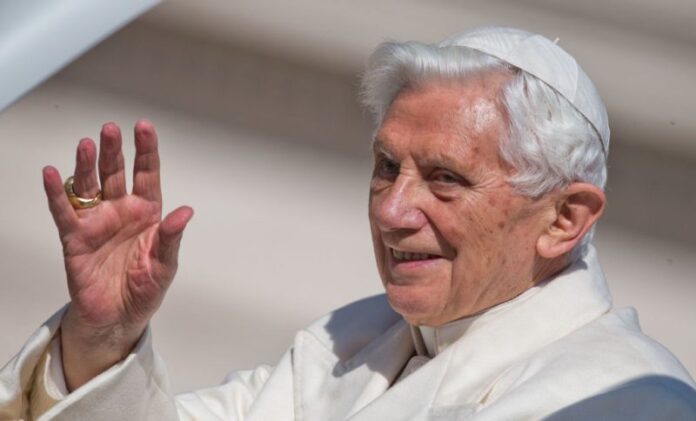(NEXSTAR) – Pope Francis was still holding meetings and making significant decisions from the Gemelli hospital in Rome on Monday despite his ongoing health issues and treatment for double pneumonia.
Francis met with Cardinal Pietro Parolin and Archbishop Edgar Pena Parra, two high-ranking Vatican officials, to approve decrees for two new saints and five people for beatification — the first step toward sainthood. Francis also decided to “convene a consistory about the future canonizations.”
But the calling of a consistory — i.e., a formal meeting of cardinals — has raised questions over what else the pontiff might want to discuss with the clergymen. As noted by the U.S. Conference of Catholic Bishops, it was at a fairly “ordinary” consistory in 2013 that Pope Benedict XVI announced his surprise resignation.
Pope Francis has also previously said he would resign if he ever became medically incapacitated. In 2022, he confirmed that he had arranged for a pre-written letter of resignation to be delivered to the Vatican’s secretary of state in just such an event, but it’s unknown if such a letter would be canonically valid. (Canon law requires a papal resignation to be “freely” submitted.) The conditions of that pre-written resignation are also unknown to the public.
Benedict XVI, meanwhile, has already demonstrated the process by which a pope might step down and be replaced. In February 2013, Benedict spoke to cardinals at the otherwise “ordinary” consistory and announced he would resign a few weeks later, at the end of that month.
By the time Feb. 28 came around, most members of the College of Cardinals — a group of international bishops and church officials tasked with selecting the next pope — had already arrived in Rome.
March 1, 2013, marked the beginning of a short “interregnum” period before the election of Pope Francis. During this time, the camerlengo was the temporary administrator of the Holy See. (In 2013, the camerlengo was Tarcisio Pietro Evasio Bertone; today it’s Kevin Joseph Cardinal Farrell.) The dean of the College of Cardinals also presided over meetings of the college until the election process began.
After that, the process to select the next pope runs much as it would if the pontiff had passed away: The dean of the College of Cardinals organizes the conclave, during which any members under the age of 80 are allowed to vote for the next leader of the Catholic Church. (Currently, there are 138 eligible voters of the 252 total members.) If no candidate gets two-thirds of the vote, the process is repeated up to four times (total) per day. The public is notified if the voting body fails to reach the threshold when black smoke begins rising from the chimney of the Sistine Chapel.
If and when two-thirds of the College of Cardinals vote to select a specific candidate, that candidate is asked whether he accepts the role. If so, the ballots are burned with chemicals to create white smoke, which is sent billowing from the chimney to signal the impending formal announcement of a new pope.
Pope Francis, however, has yet to set a date for the upcoming consistory, which indeed may be nothing more than a meeting to discuss future canonizations, as the Vatican said.
But speaking with the Associated Press, Austen Ivereigh, an English biographer for Pope Francis, didn’t rule out the possibility that Francis might have more on his mind.
“The pope has always said that the papacy is for life, and he has shown that there is no problem with a frail and elderly pope,” Ivereigh said. “But he has also said that should he ever have a long-term degenerative or debilitating condition which prevents him from fully carrying out the exercise of the papal ministry, he would consider resigning. And so would any pope.”
The Associated Press contributed to this report.
